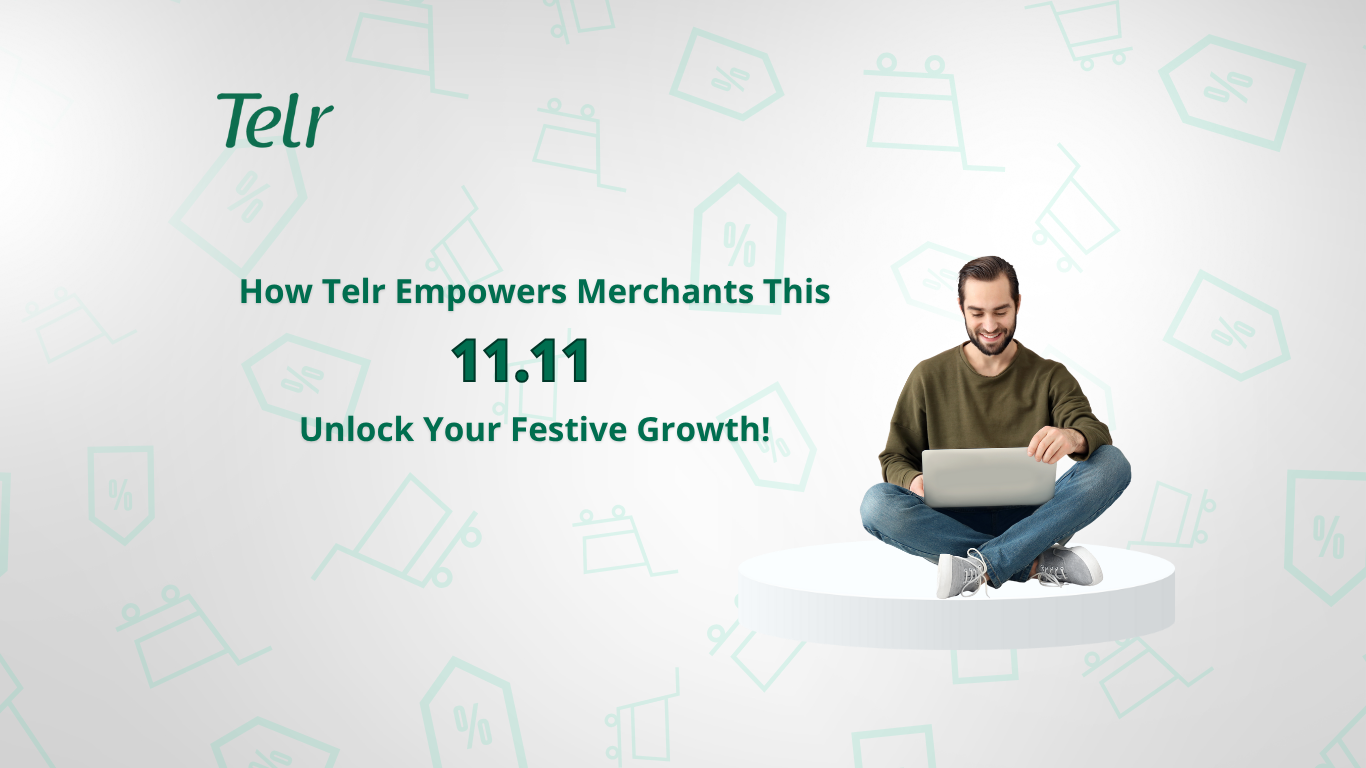
Social media in the UAE is a phenomenon worth considering. There is no other description to describe the way in which Emirati society has assimilated social media. The statistics show the rate of Facebook penetration in society, as it is estimated that 90% of Internet users in the country have active accounts on Facebook. This is the highest percentage of active use of this application in the world. However, it is not limited to Facebook, as we find the spread of the Twitter application – despite its inability so far to compete with Facebook, in addition to the emergence of other applications such as Instagram and Snapchat.
What is the reason behind this spread? Is the reason just communication, or is there more to be understood in light of these numbers and statistics? And what can it add to the business sector in the UAE and abroad?
When we look at the region, we find that the relatively largest segment of the UAE population is young people. When comparing this Emirati demographic structure with its counterparts in Western European countries – which are dominated by the elderly – we find that nearly a third of the Emirati population is under the age of twenty-five, and they are distinguished by wealth and a high standard of living, with income levels more than double that of neighboring countries such as Saudi Arabia. . There is no doubt that the penetration of social media is in line with the spread of smartphones. We also find that the UAE is at the forefront of countries in terms of smartphone usage rates compared to the rest of the world. According to the classification of the “Indicator of Connected Consumers to the Internet and Digital Platforms 2016” of the GfK Agency, the UAE ranks third in the world, behind Hong Kong and the United States of America. The indicator also shows that the population, which is predominantly young, affluent, and passionate about modern technology is concentrated in urban areas that are covered by the fourth generation (4G) networks.
So what is the reason?… Perhaps the answer lies in the social media channels themselves. As Internet users, we are fully aware that there are benefits to the websites we use. By browsing the news sites, we agree that the free content we receive is being funded by advertising revenue. And when we use social media, the contract becomes significantly more intimate and powerful – we use those sites for free in exchange for providing them with our personal data that can be monetized. The answer to this often lies with the merchants themselves who use the Internet, as brands have realized the power and influence of social media and its ability to reach a large segment of consumers, ensure their participation, capture their attention, and influence them to a greater extent.
The 2016 Mary Meeker report shows that non-internet retailers like Nike took twice as long (10 years) as online merchants to achieve the same sales volume. Social media offers a great opportunity to spread where their target audiences are, although these brands soon discover that building an audience in social media is not as cheap as previously thought. Essentially, social media has a sufficient impact on the target audience over traditional digital marketing methods.
Merchants who use the solutions provided by electronic payment service providers such as “Telr” can create and create images, “QR codes” and quick links for use within social media channels such as “WhatsApp”, where customers receive these links and with just one click they can complete the payment process their own – the link directs buyers to a page to complete the payment process. There is also an important factor – the exchange of customer data in a secure environment outside the social media channel.
But where is the problem? How can social media commerce affect brands and their ability to sell to their customers? The first factor is that social media has become accessible to everyone. Where there are huge numbers of visitors to social networking sites, much more than the numbers that go to any shopping center. Also, targeting a wide range of customers and the public by traditional methods may be a lot of trouble and expensive. On the contrary, social media is a guaranteed way to reach these target segments.
Secondly, social media is an attractive buying environment and is very convenient for exchanging time-limited offers. The impact of social media commerce on the competition between brands is due to the fact that they are able to manage inventory effectively and in a straightforward manner. A company’s electronic payment service provider can link it to the inventory management program, which makes the “E-Pay Plus” solution a powerful and effective method. We expect this to go a long way in motivating and encouraging more SMEs to have an online presence (in 2015, less than 18% of SMEs in the UAE had an online presence).
Moreover, the fact that social media platforms have already done the most important and hard part of the work – creating an ecosystem for all brands to allow them to exist and sell. No longer does the retailer need to set up a website in order to conduct online sales, as we have in one location and
a storefront, target audiences, sales mechanism, and advertising channel all at once. Ad blocking programs are no longer a concern – a global customer and consumer base that transcends borders and countries is within reach, as is the local customer base.
So, to what extent can social media succeed in this aspect? Apart from the work that can be done in multiple sectors that value these mediums, there must be acceptance by consumers themselves of social media channels as a platform for making purchases. Herein lies the factor of time and trust, which are two factors that the UAE e-commerce sector for small and medium-sized companies can enhance and accelerate their realization, as well as work to explore and absorb the opportunities offered by commerce through social networks. Social media commerce needs to be integrated into our ecosystem – and this can be done thanks to small and medium-sized businesses working in collaboration with online commerce enablers like Telr.
Recent Posts

Telr and Peko ink a strategic partnership agreement to launch Telr Incepta

.png)


.png)
.png)








